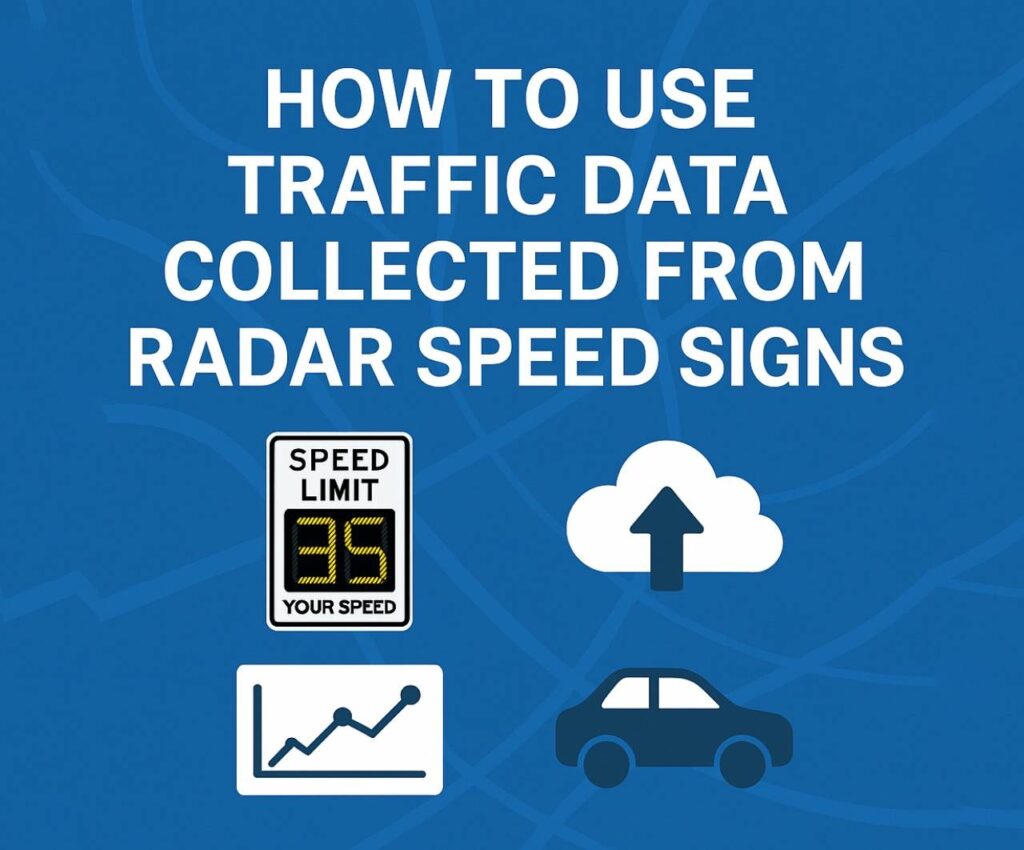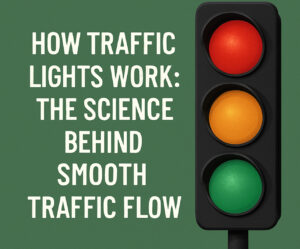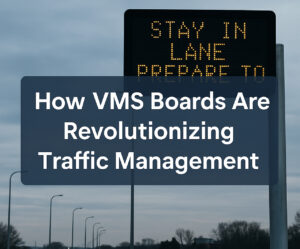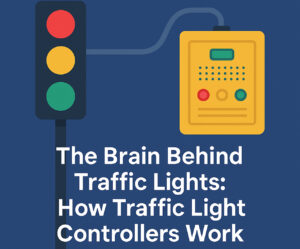In today’s data-driven world, cities and communities—especially in developing regions like South Africa—are increasingly turning to solar powered speed radar signs, not just to calm traffic, but to gather vital information. These systems are more than just flashing displays. They’re silent observers collecting data 24/7. From evaluating neighborhood radar speed signs cost to justifying the installation of a speed limit sign with radar and camera, traffic planners are discovering the value of every byte. Know more..
The Real Power Behind Radar Speed Signs
Radar speed signs, especially solar powered speed radar signs, are equipped with sensors that detect vehicle speed and sometimes even capture license plate data. Many of these signs are integrated with backend software platforms that store and analyze speed patterns, traffic volume, time of day, and frequency of speeding incidents. This information becomes the bedrock of smart traffic planning.
For example, in Cape Town and Johannesburg, local governments have piloted these systems to identify high-risk areas for school zones and accident-prone intersections.
Step 1: Data Collection and Storage
When a speed limit sign with radar and camera is deployed, it starts logging vehicle speeds in real time. Most modern signs allow for:
- Speed averages by time intervals
- Traffic volume reports
- Peak speeding periods
- Vehicle counts over time
The data collected by solar powered speed radar signs is often stored in the cloud or on local servers and is retrievable via software dashboards. This centralized access lets traffic engineers monitor trends without ever stepping on the road.
In regions with limited infrastructure, solar power ensures these systems remain functional without depending on unstable grids.
Step 2: Analyzing Behavior Patterns
By reviewing data from solar powered speed radar signs, cities can determine the actual behavior of drivers. For example, if speeding is more prevalent during school pickup times, adjustments can be made to enforcement or signage. Similarly, consistent violations in a certain area may justify a deeper analysis of neighborhood radar speed signs cost versus potential liability from accidents.
Key metrics include:
- 85th percentile speed (the speed that 85% of vehicles do not exceed)
- Speed variance throughout the day
- Repeated speeding trends
Municipalities in South Africa’s Gauteng province have used these insights to redesign traffic flow near industrial zones, reducing delivery delays and increasing pedestrian safety.
Step 3: Informing Policy and Infrastructure
One of the most impactful uses of radar data is policymaking. Municipalities can use this information to:
- Justify new stop signs or speed limit sign with radar and camera setups
- Apply for traffic safety grants
- Prioritize road safety funding based on real data
By comparing data sets across locations, communities can make smarter decisions about where to invest in traffic-calming measures. For example, the relatively low neighborhood radar speed signs cost can offer a higher ROI than traditional patrol enforcement.
In countries with limited law enforcement budgets, reallocating funds from reactive policing to proactive data-driven planning is transformative.
Step 4: Community Engagement and Education
Data from solar powered speed radar signs can also be shared with the public. When residents complain about speeding, officials can present hard evidence. Community bulletins, websites, or public dashboards can highlight:
- Daily average speeds
- Number of vehicles exceeding speed limits
- Improvements after sign installation
This transparency builds trust and shows taxpayers the value of their investments in systems like the speed limit sign with radar and camera.
South African suburbs, such as those in Durban and Pretoria, have begun using local WhatsApp groups and community noticeboards to circulate these reports, increasing neighborhood involvement and speeding awareness.
Step 5: Integrating with Broader Smart City Systems
As smart city infrastructure expands, solar powered speed radar signs will increasingly interface with broader systems. This includes:
- Integration with police databases for real-time ticketing
- AI-based predictions of high-risk zones
- Linking with emergency services for rerouting
Even personalised LED light displays can be used to alert drivers dynamically, adapting messages depending on collected data.
Step 6: Supporting Educational and School Zone Safety
In rural and peri-urban areas of Southern Africa, solar powered speed radar signs near schools have become vital tools in protecting children. When drivers receive live feedback on their speed, they tend to slow down—especially when combined with educational signage or child-friendly visuals.
This application is especially important where traditional enforcement is minimal. The visibility and responsiveness of a speed limit sign with radar and camera reinforces good driving habits without requiring physical policing.
Step 7: Continuous Improvement Through Longitudinal Analysis
A key strength of radar speed sign data is its ability to show long-term trends. Comparing seasonal patterns, school-year changes, or the impact of construction detours can guide broader transportation decisions.
For example, some South African municipalities use historical data from solar powered speed radar signs to determine optimal timing for road maintenance, minimizing disruption during high-traffic periods.
The ROI: Why It Matters
The neighborhood radar speed signs cost might seem high upfront, but when compared to accident costs, insurance claims, and enforcement resources, the savings are significant. Moreover, the installation of a speed limit sign with radar and camera serves as both a deterrent and a preventive tool.
In terms of maintenance and sustainability, solar powered speed radar signs stand out. With minimal operational costs and maximum uptime, they provide long-term value. This is particularly advantageous in regions with limited municipal budgets or inconsistent power infrastructure.
In addition, better traffic data often leads to better insurance rates for municipalities and institutions that demonstrate risk management.
Final Thoughts
Modern traffic management requires more than paint and pavement. Data is the new infrastructure, and solar powered speed radar signs are at the forefront of this movement. With insights gleaned from every passing vehicle, cities can make informed decisions, stretch budgets, and protect lives. When evaluating neighborhood radar speed signs cost, consider not just the price tag but the data dividends. Because with every speed limit sign with radar and camera, we get one step closer to safer streets and smarter communities.
By tailoring these systems to local challenges—whether that’s a quiet South African neighborhood, a busy mining road, or a rural school crossing—planners can create infrastructure that doesn’t just react to problems, but anticipates them. That’s the power of intelligent, data-driven road safety.





